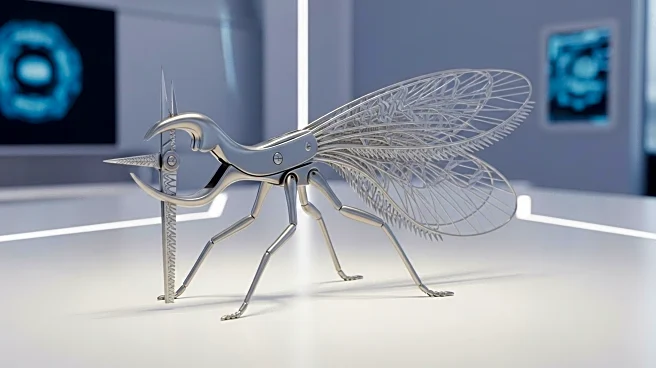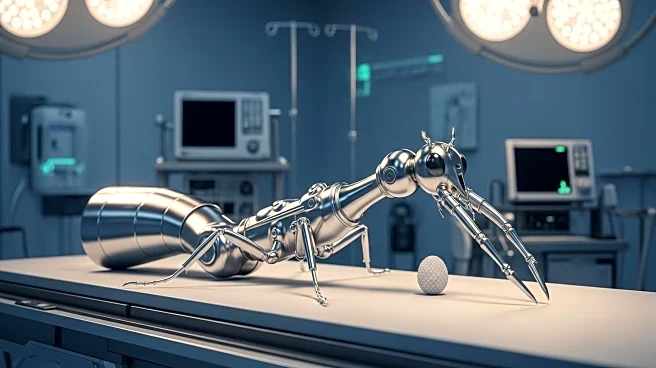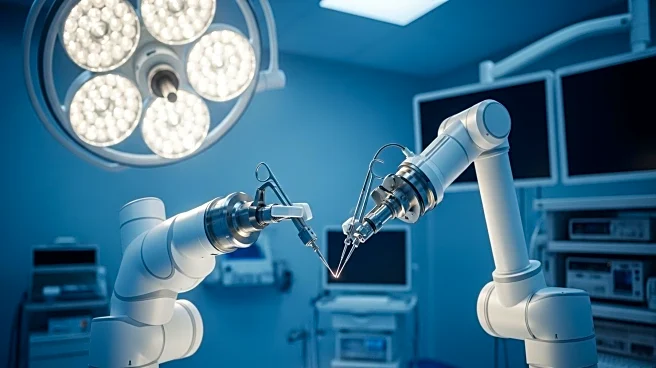What is the story about?
What's Happening?
Researchers at Heriot-Watt University have discovered a passive cutting system used by female sawflies that could transform surgical instruments. The sawfly's ovipositor, a biological reciprocating saw, can differentiate between materials to cut only those below a certain strength threshold. This discovery could lead to the development of surgical tools that minimize accidental tissue damage during operations. The research team has scaled up the sawfly's mechanism and tested it on substrates mimicking human tissue, demonstrating its potential to improve surgical precision.
Why It's Important?
The application of this sawfly-inspired cutting system in surgical tools could significantly enhance patient safety by reducing the risk of cutting vital structures during surgery. This innovation addresses common challenges faced by surgeons, such as poor visibility and the risk of accidental damage in complex operations. By providing a tool that instinctively avoids critical tissues, the technology could improve surgical outcomes and reduce complications. The research also highlights the potential of biomimicry in developing advanced medical technologies, offering a new approach to solving longstanding challenges in the medical field.
What's Next?
The research team is seeking further funding to develop prototype surgical instruments based on the sawfly mechanism. These tools could be particularly valuable in neurosurgery and other procedures requiring high precision. The team plans to collaborate with surgeons to refine the design and functionality of the instruments. The success of this project could pave the way for broader applications of biomimetic technologies in medicine, potentially leading to a new generation of surgical tools that enhance precision and safety.
AI Generated Content
Do you find this article useful?













